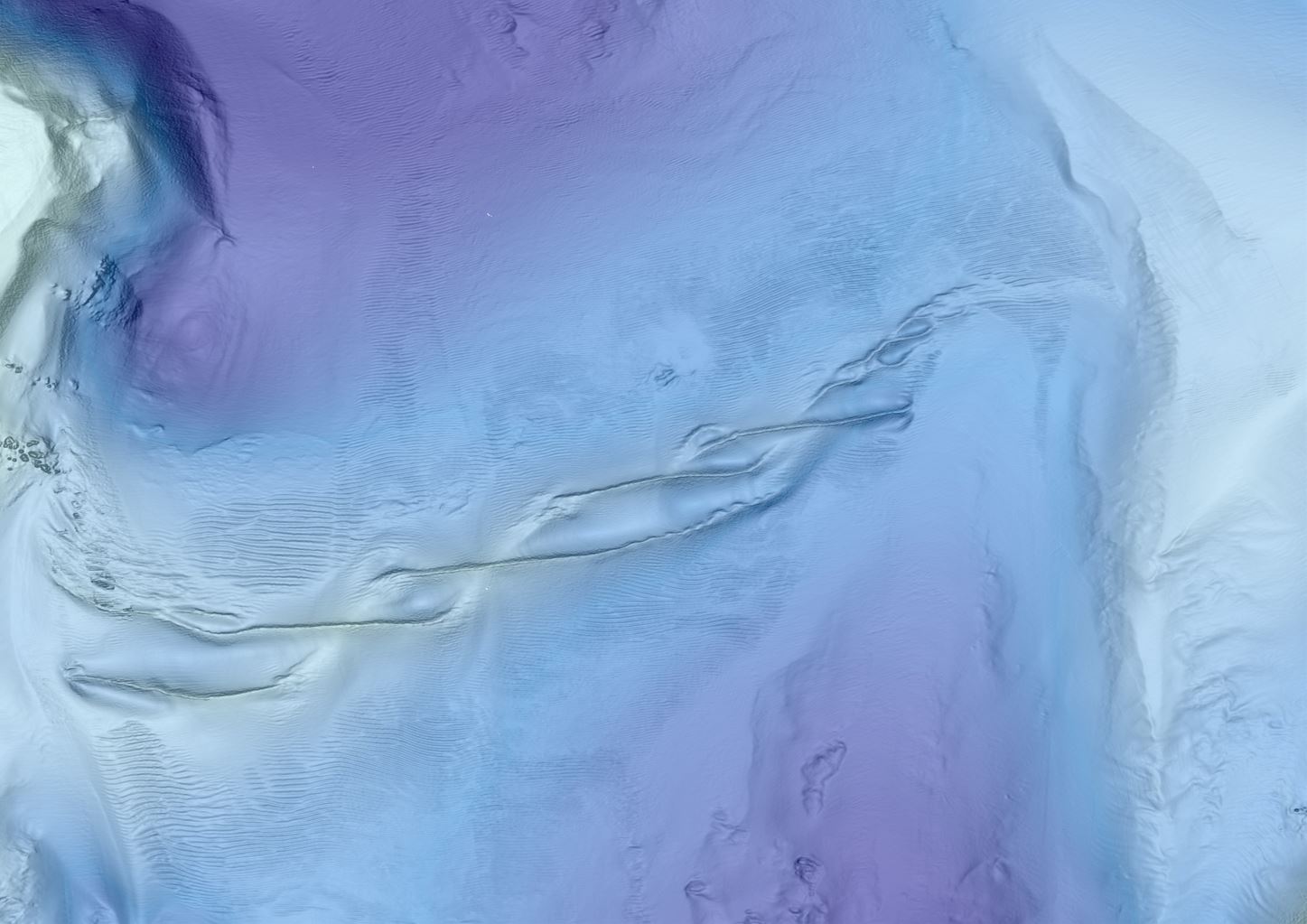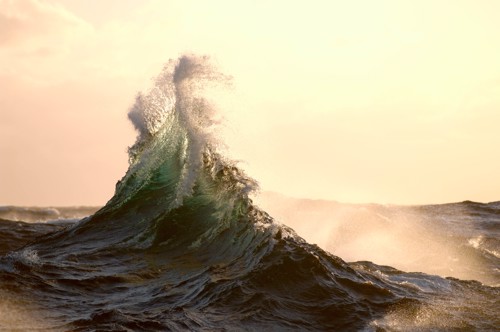Organic carbon stocks and potential vulnerability in marine sediments around Aotearoa New Zealand

Sandwaves on Cook Strait Raukawa Moana seafloor, Marlborough District Council, image generated by NIWA
Marine sediments are one of the largest stores of organic carbon on Earth. They play a vital role in regulating climate change by accumulating and burying carbon for up to millions of years – if left undisturbed.
Despite the importance of marine sediments to the carbon cycle, there is still much to learn about how much carbon they store, and what happens when they are disrupted by human activities like bottom trawling, seabed mining, dredging and anchoring.
To understand more about these issues in the New Zealand context, the Parliamentary Commissioner for the Environment commissioned the National Institute of Water and Atmospheric Research (NIWA) to develop the first inventory of organic carbon in marine sediments for the New Zealand Exclusive Economic Zone (EEZ).

Disturbing the deep
If we disturb the deep ocean floors, what are the risks to carbon stores in Aotearoa New Zealand's marine sediments?

